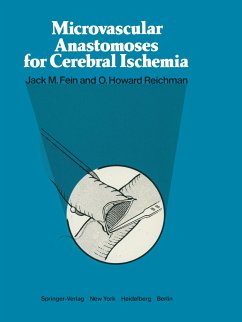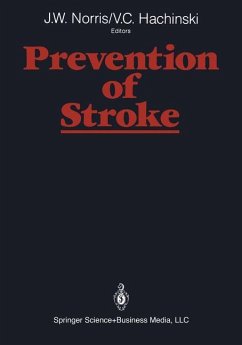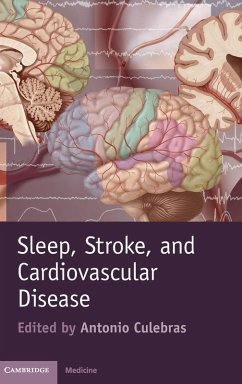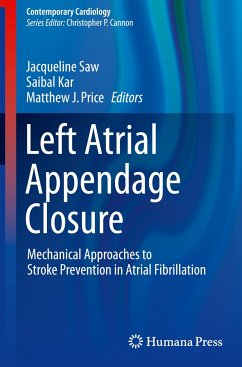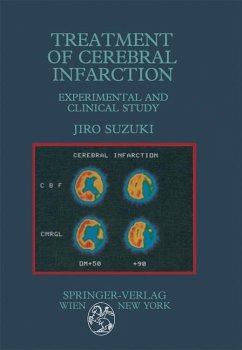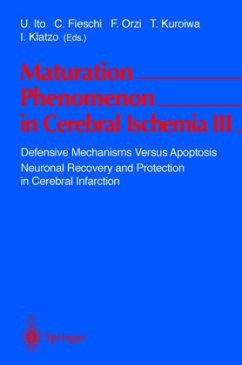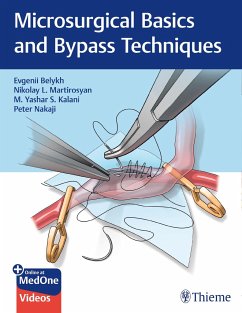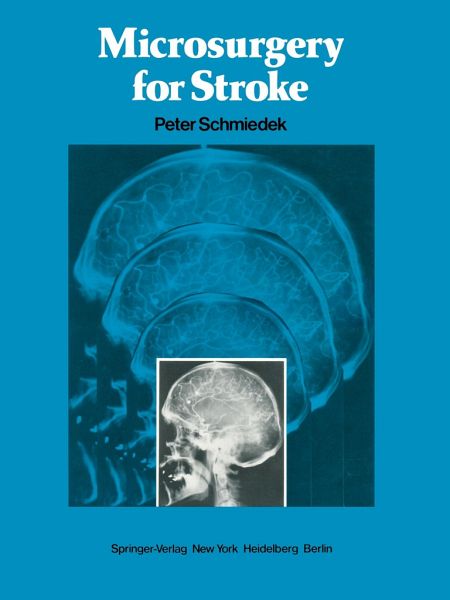
Microsurgery for Stroke

PAYBACK Punkte
34 °P sammeln!
This volume is dedicated to the Third International Symposium on Microneurosurgical Anastomoses for Cerebral Ischemia, which took place in Rottach-Egern, June 2&-30, 1976, under the sponsorship of Professor F. Marguth, Director of the Depart ment of Neurosurgery, Ludwig-Maximilians-University of Munich (West Germany). It contains the continuing devel opments of the extra- intracranial arterial bypass (EIAB) for cerebrovascular occlusive disease since the First International Symposium in Lorna Linda, California, in June, 1973, and the Second International Symposium in Chicago, Illinois, in June...
This volume is dedicated to the Third International Symposium on Microneurosurgical Anastomoses for Cerebral Ischemia, which took place in Rottach-Egern, June 2&-30, 1976, under the sponsorship of Professor F. Marguth, Director of the Depart ment of Neurosurgery, Ludwig-Maximilians-University of Munich (West Germany). It contains the continuing devel opments of the extra- intracranial arterial bypass (EIAB) for cerebrovascular occlusive disease since the First International Symposium in Lorna Linda, California, in June, 1973, and the Second International Symposium in Chicago, Illinois, in June, 1974. The EIAB was developed by Donaghy and Yasargil, and it consists of a microsurgical anastomosis of the superficial tem poral artery or the occipi tal branch of the external carotid artery to the middle cerebral artery on the surface of the brain and, very recently, the anastomosis of the occipital artery to the posterior-inferior cerebellar artery for the treatment of verte brobasilarinsufficiency. From the presentations at the sym posium it became evident that the greatest potential in the pre vention of a stroke in a susceptible patient is the presence of an adequate collateral cerebral blood flow. The basic diagnostic procedure is cerebral angiography in cluding both carotid and vertebral arteries. Regional cerebral blood flow (rCBF) studies and computerized tomography add further diagnostic information and are particularly important in the selection of potential surgical candidates.





